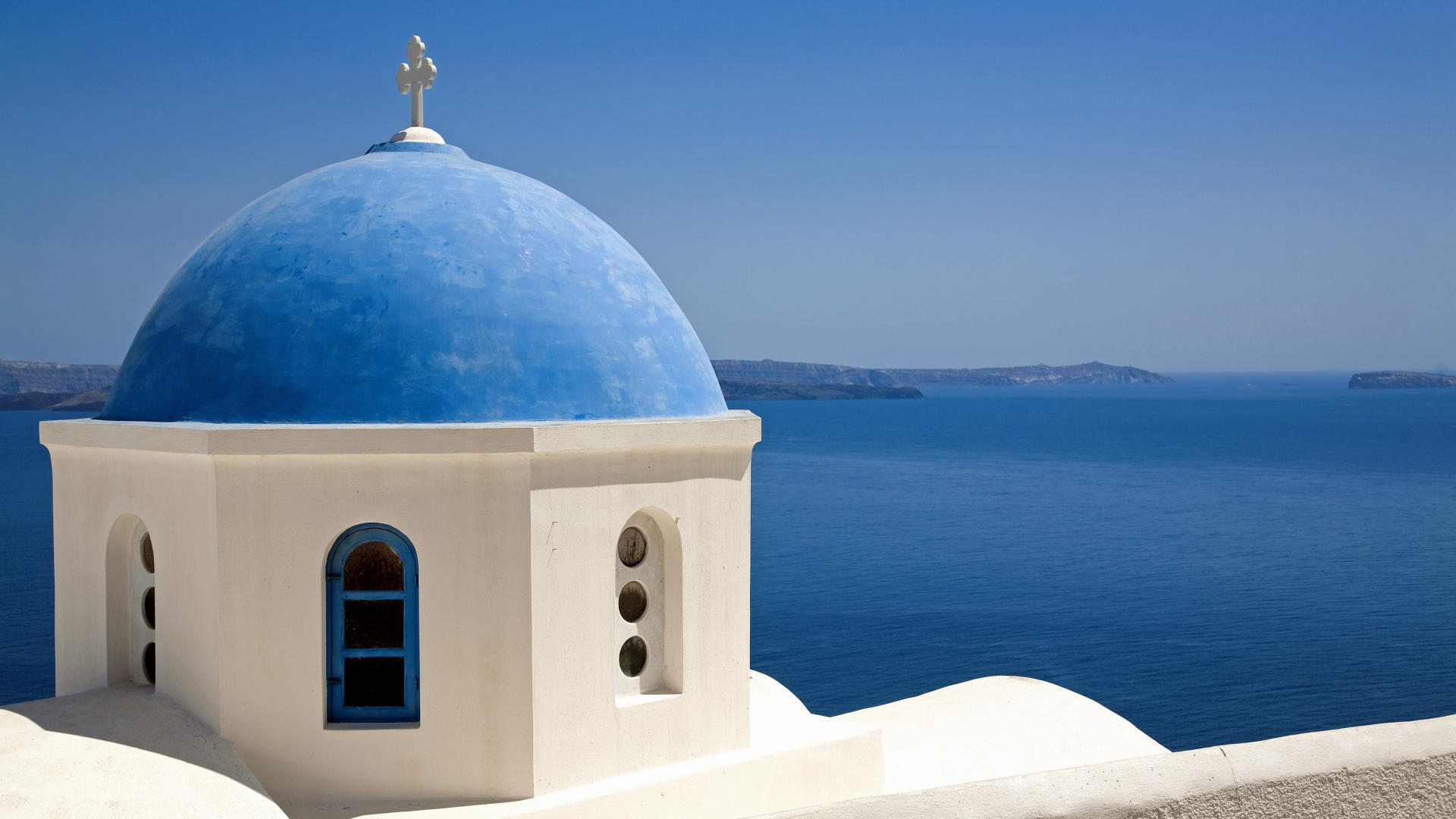Greek islands
The islands are the main morphological characteristic of Greece and an integral part of the culture and tradition of the country. In Greece there are more than 4000 islands and islets scattered in the Aegean and Ionian Seas, of which fewer than 200 are inhabited. Imagine then how many unexplored beaches waiting to be discovered.
The Greek Archipelago takes up 7,500 km of coastline -from the 16,000 km that has the whole country- showing great diversity: beaches stretching along many kilometers, small bays and coves, sandy beaches, pebbly beaches, coastal caves with steep rocks and with the characteristic dark sand of volcanic soils, coastal wetlands. Many of the beaches have been awarded the "European Blue Flag" and offered not only for swimming but also for scuba diving, exploring water with masks, water skiing, sailing and windsurfing.

The Greek islands have developed some of the oldest European civilizations (the Cycladic, Minoan civilizations, etc.), hence they have unique archaeological sites, an outstanding architectural heritage and fascinating local traditions of a longtime and multifaceted culture.
These elements combined with the excellent climate, the safety of Greek waters and the short distances between ports and coasts, have rendered the Greek islands extremely popular among Greek and foreign visitors.
